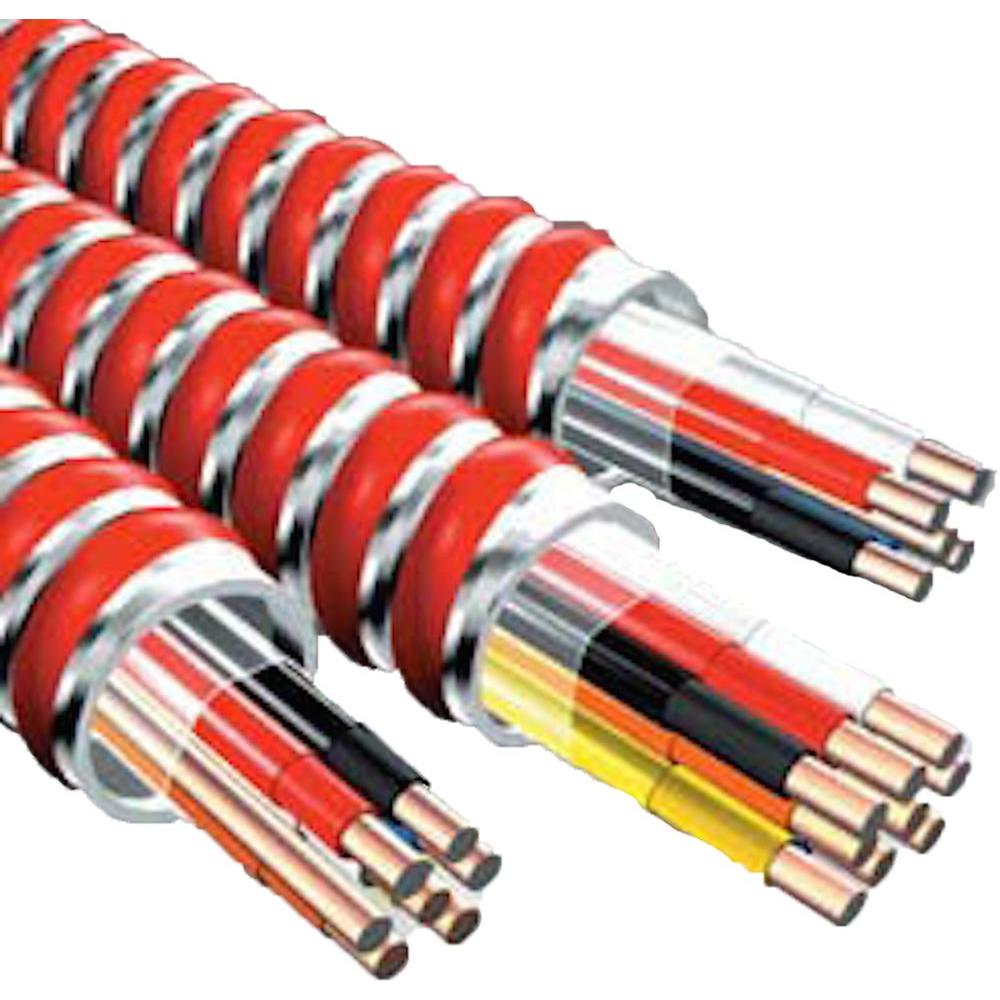Have you ever had to setup and install a fire alarm system? Even if you haven’t, you still likely know that doing so involves working in compliance no small amount of federal safety standards and regulations. One of the simplest components you’ll make use of during the install is the cabling that strings everything together, but you may be surprised that it is broken down into several different designations of cable types by the NFPA (National Fire Protection Association) and NEC (National Electric Code), with each type being useful for its own set of scenarios. Sound confusing? Well, here I’ll lay out the main types and go into some detail on the specifics of Fire Alarm Cable.
Power Limited vs. Non-Power Limited
The first thing you will want to consider before starting your project is whether or not your setup will require the use of Non-Power Limited cable, as all of the subtypes fall into one of these two categories. The difference in which you use all depends on how high a load the cables will have to bear. This is where the regulations come in: the NEC defines any application with a load in excess of 300 volts to require the use of Non-Power Limited cables. In practical terms, this means that only larger commercial alarm systems are likely to have to make use of these, and the vast majority of other cases will be fine with just Power Limited cable.
General Purpose, Riser, and Plenum
As mentioned above, there are three main ‘subtypes’ of alarm cable that are each held to their own set of NEC standards which define their safety thresholds and how and where they can be used. Plenum cable is held to the highest standard of the three, general purpose (also known as Non-Plenum) is the lowest, and riser is in the middle. Let’s look at what makes them different.
Plenum cable is made to be used in areas of buildings called ‘plenum spaces.’ A plenum space is a space – typically a duct or drop ceiling – where airflow is promoted for the purposes of heating, ventilation, and air conditioning systems. Due to the enclosed yet breathable nature of these spaces they present a high risk for the spreading of fires, which is why plenum cabling is the most tightly regulated of the three types. Per NFPA code, plenum cable must always be used in any plenum space. However, it is also important to note that since plenum cable is the most fire-resistant of the three, it can be used anywhere the other two types can, but not the other way around. The NEC abbreviation for it is FPLP (Fire Power Limited Plenum) when Power Limited, and NFPLP when not.
Riser cable, or FPLR as it is shortened to, is the next step down from plenum, and serves a fairly similar purpose. Like plenum, it is jacketed in a fire resistant jacket. Rather than be used in plenum spaces, though, riser cable is required for areas that run vertically between levels of a building, and are meant to help contain a fire to one floor.
Lastly we have regular old general use cabling, or as it is usually known, Non-Plenum (FPL). The least strictly regulated of the three, it is still a type of fire alarm cable and therefore does have fire resistant capabilities. Non-plenum cable is suitable for use in any scenario that the other two aren’t required for, which will mostly be surface cabling.
For more information on fire alarm cables, contact EWCSWire today!
For more information about Marine Battery Cable and Welding Cable Please visit : Electric Wire & Cable Specialists (EWCS).


